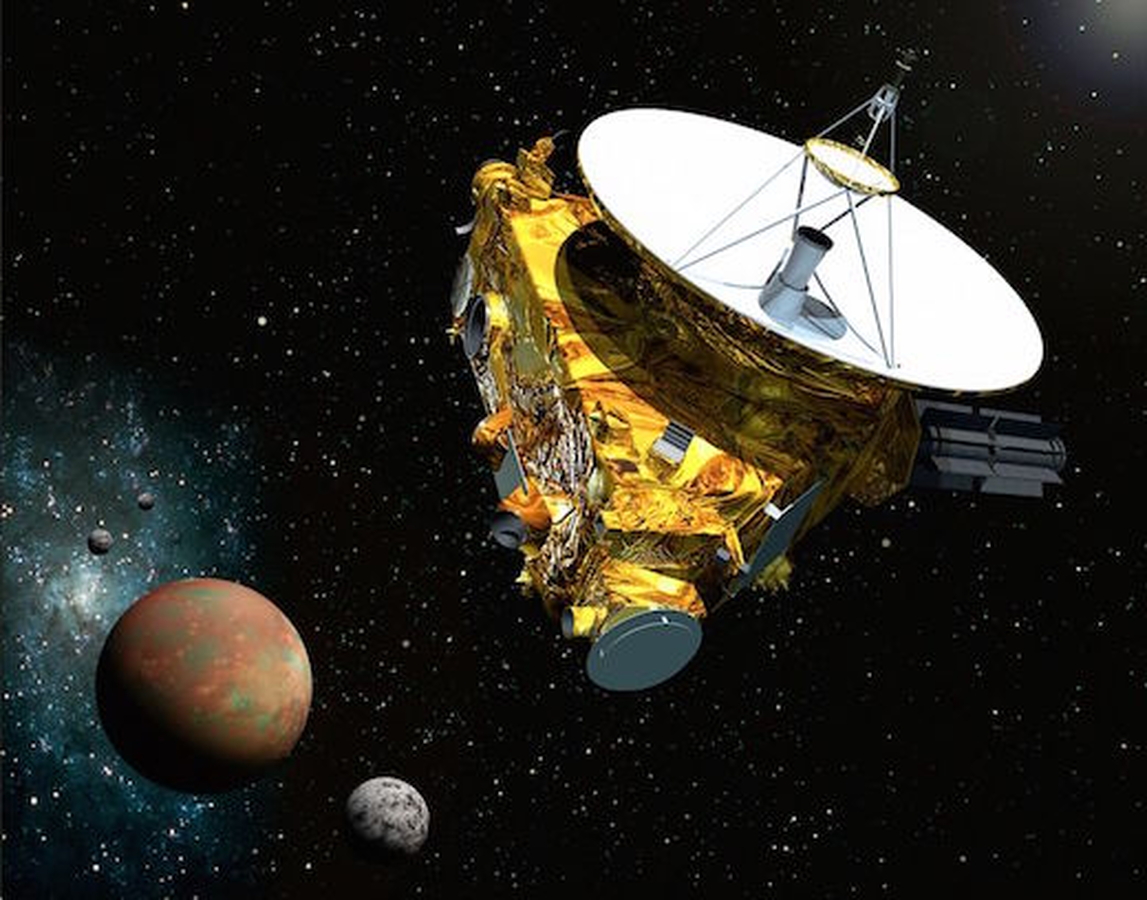Overview
The chemical composition of the Interstellar Medium (ISM) is a powerful tracer of galaxy growth and evolution. Metal abundance patterns (e.g., N/O, O/Fe) are sensitive to yields and timescales of various nucleosynthetic progenitors, thereby revealing a galaxy’s chemical enrichment history. Despite being an important tool for understanding galaxy evolution, ISM metallicity is exceptionally challenging to measure, owing to the faint metal emission lines required to accurately determine the gas-phase physical conditions. Thanks to the observational capabilities of the James Webb Space Telescope (JWST), it is now possible to measure the gas-phase abundances of distant galaxies and uncover the buildup of heavy elements across cosmic time. In this talk, I will review the chemical abundance patterns observed in local star-forming galaxies and show how these metals are sensitive to different enrichment sources. I will then present my work assessing the gas-phase chemical abundance trends of galaxies at z>2 observed as part of CECILIA, a Cycle 1 JWST program. These ultra-deep observations critically evaluate the nucleosynthetic origins of numerous elements 2-3 Gyr after the Big Bang, and the emergent metal abundance patterns challenge commonly-observed trends in the local Universe. JWST has revolutionized our ability to measure the metal abundances at high-z, but JWST’s Mid-Infrared Instrument enables novel methods for measuring gas-phase metallicities in local nebulae. I will conclude by highlighting these techniques and upcoming MIR surveys capable of unveiling the detailed physics and chemistry of the ISM.
